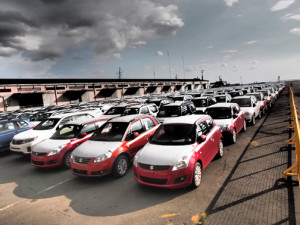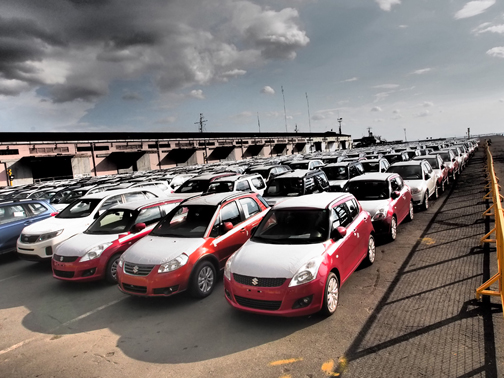
FOREIGN businesses in the Philippines are renewing their calls to divert cargoes to ports in Batangas and Subic to “reduce cost and increase efficiency” in Port of Manila.
The call was aired recently by the Joint Foreign Chambers (JFC), which said the grouping’s logistics firms are discussing with major port operators possible “win-win solutions” to address congestion at the Manila port, truck bans and route prohibitions.
“They are also looking at the lack of support infrastructure in the form of easy access to the ports (including Batangas). The intent is to draw up short-term, mid-term, and long-term solutions,” the JFC said.
The group said that while undertaking the discussions, “(its) advocacy remains that the use of port assets in Batangas and Subic should be promoted and the impact of expanding the Manila port carefully evaluated.”
In earlier interviews with PortCalls, the operators of Manila’s two international gateways, the South Harbor and the Manila International Container Terminal (MICT), reiterated there is no port congestion in both facilities.
“There’s no such thing as port congestion at MICT,” said Christian Gonzalez, vice-president of International Container Terminal Services Inc. (ICTSI) and general manager of the MICT. “It’s the streets outside the port that are clogged.”
The same sentiment was expressed by Andrew Hoad, executive vice-president of Asian Terminal Inc. (ATI), who said if there was port congestion, then shipping lines serving the Manila ports should have been charging port congestion fees.
The JFC said it had furnished a letter to the House of Representatives Committee on Ways and Means from the Arangkada Philippines 2010: A Business Perspective of the Joint Foreign Chambers of the Philippines and the recent Assessment on Infrastructure: Seaports and Logistics to address the underutilization of the Batangas Container Terminal.
The joint chambers added that a private sector expert said the recommendation is not ongoing because “there is still resistance from customers to pay added trucking costs to Batangas.”
The Department of Transportation and Communications (DOTC) said the Batangas and Subic ports are underused, with capacity utilization at 4.2% and 5.6%, respectively.
“”However, the national government through the Philippine Ports Authority (PPA) and DOTC has not acted upon this request,” the JFC quoted a private sector expert as saying.
Feeder operators in Batangas and Subic and other shipping lines are considering calls as soon as volumes increase. JFC said container shipments will follow if the industrial zones in Clark and areas south of Manila are masterplanned to entice investment in industry and manufacturing.
“There is a misconception that business always follows infrastructure. Instead, transport follows business as seen by the massive Chinese hub ports like Shenzhen. At present, there is still resistance from customers to pay added trucking costs to Batangas and Subic,” JFC added.





